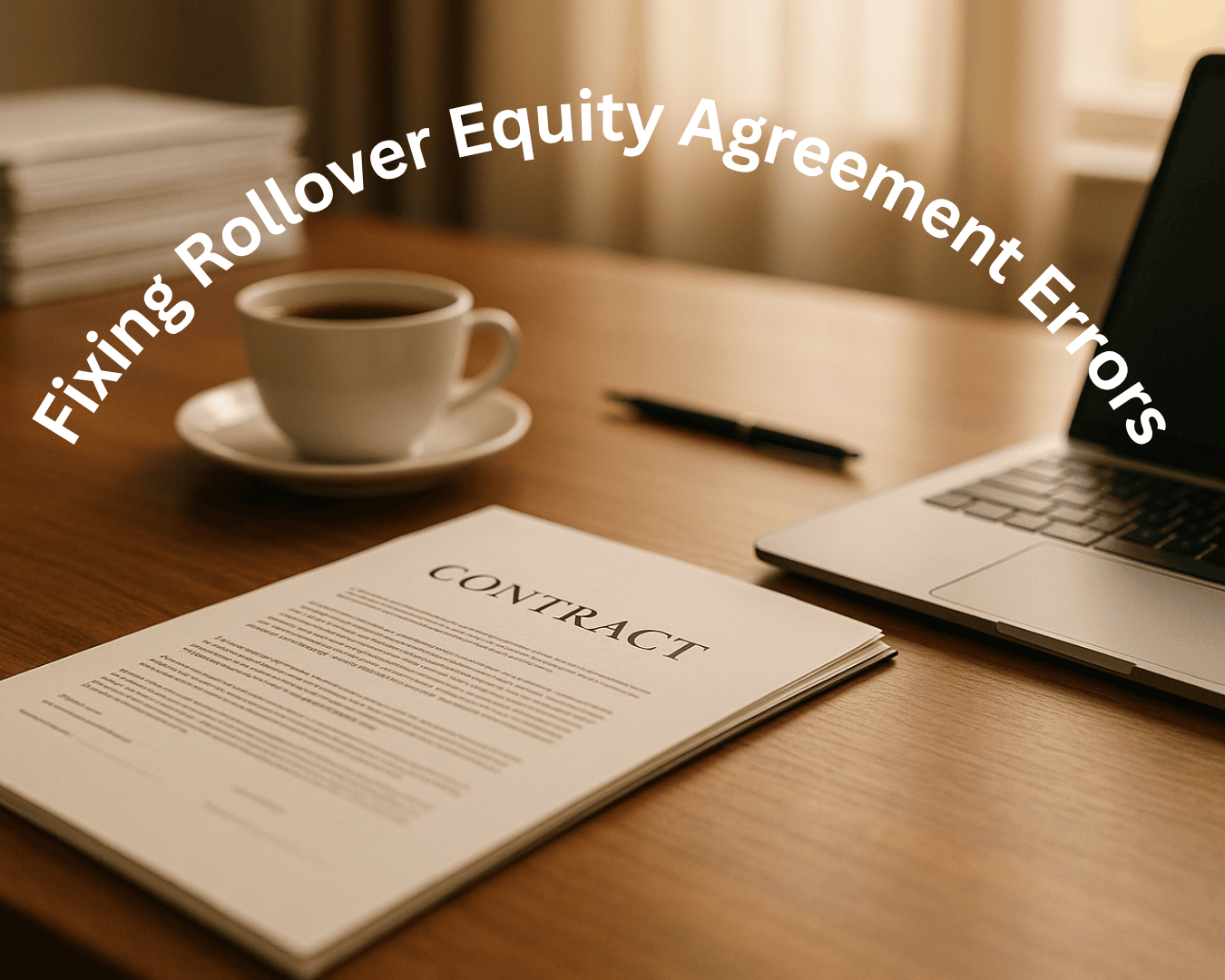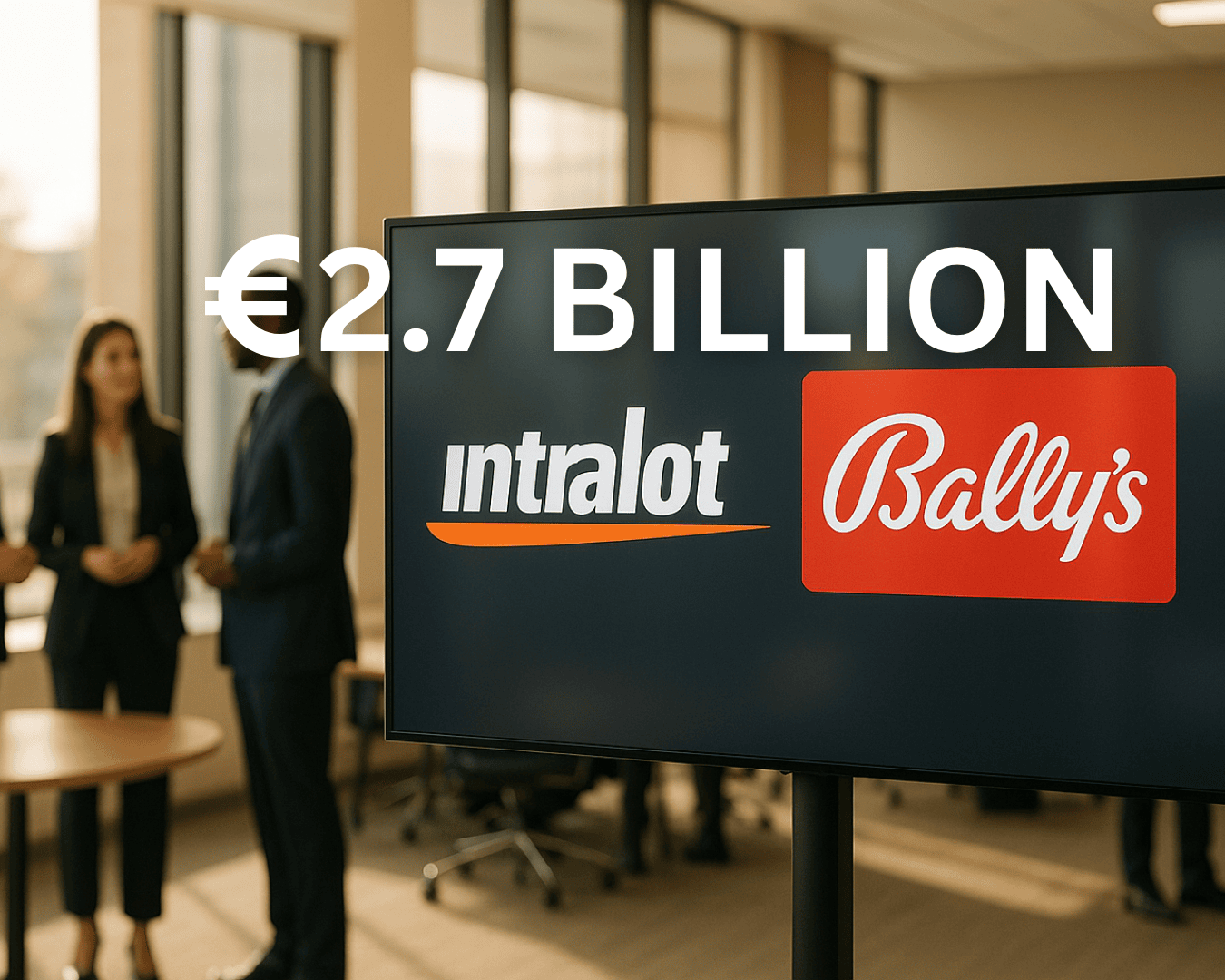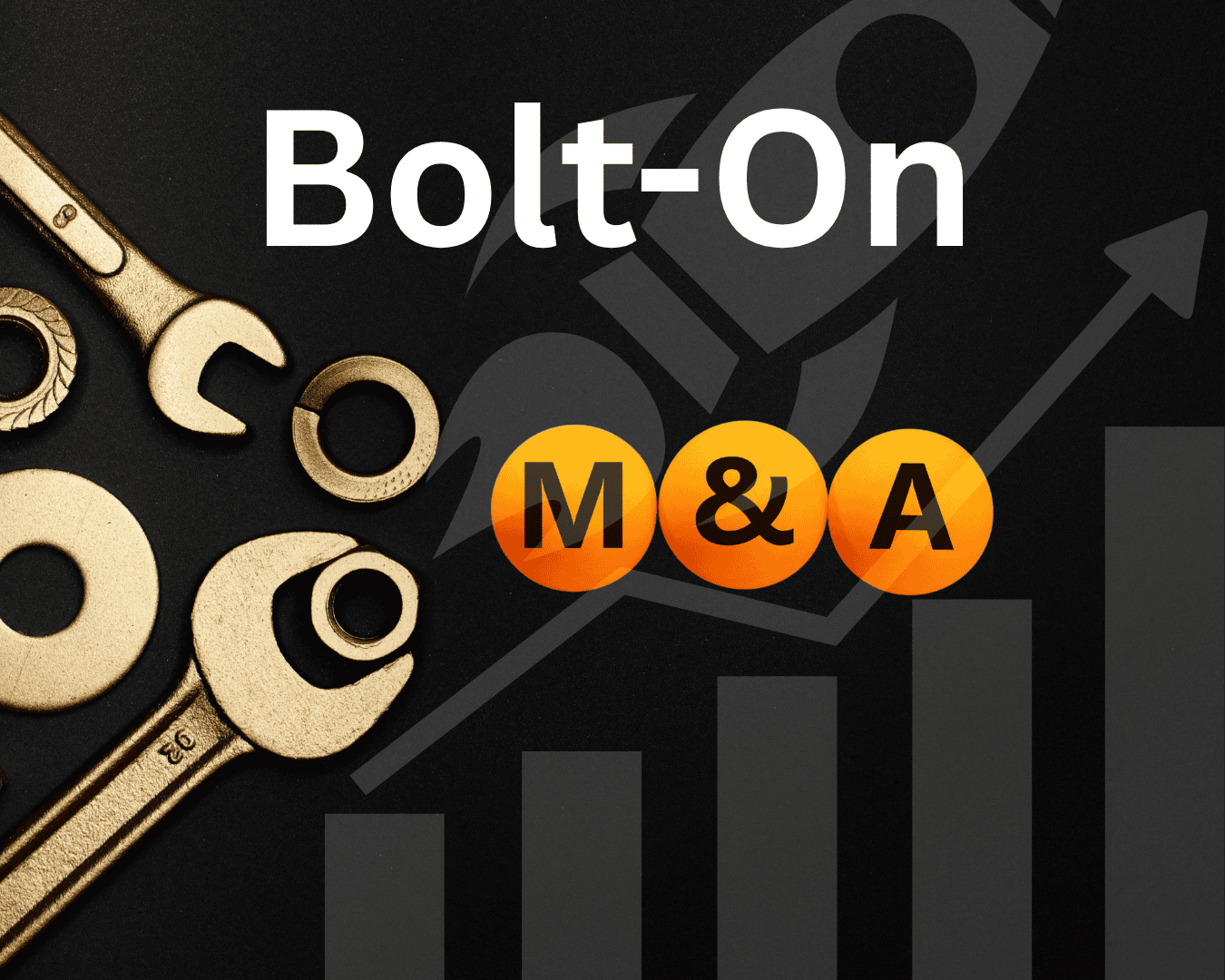When businesses merge, social media integration becomes a key step. Overlapping accounts can confuse followers, dilute your messaging, and complicate management. Here's how to streamline the process:
- Audit All Accounts: Identify every account from both businesses, including forgotten or inactive ones. Record details like follower counts, engagement stats, and admin access.
- Platform-Specific Merging: Use built-in tools (e.g., Facebook's merge feature) where available. For platforms like Instagram or TikTok, redirect followers manually.
- Rebrand and Update: Align visuals, bios, and messaging across all platforms to reflect the new brand identity.
- Engage Your Audience: Communicate changes clearly using posts, stories, and pinned updates. Guide followers to the active accounts.
- Set Long-Term Rules: Define admin roles, ensure compliance with platform policies, and schedule regular account reviews.
Merging accounts simplifies management, strengthens your brand presence, and ensures a clear, unified message for your audience.
How to Merge Pages on Facebook | Meta Business Suite | New Page Experience
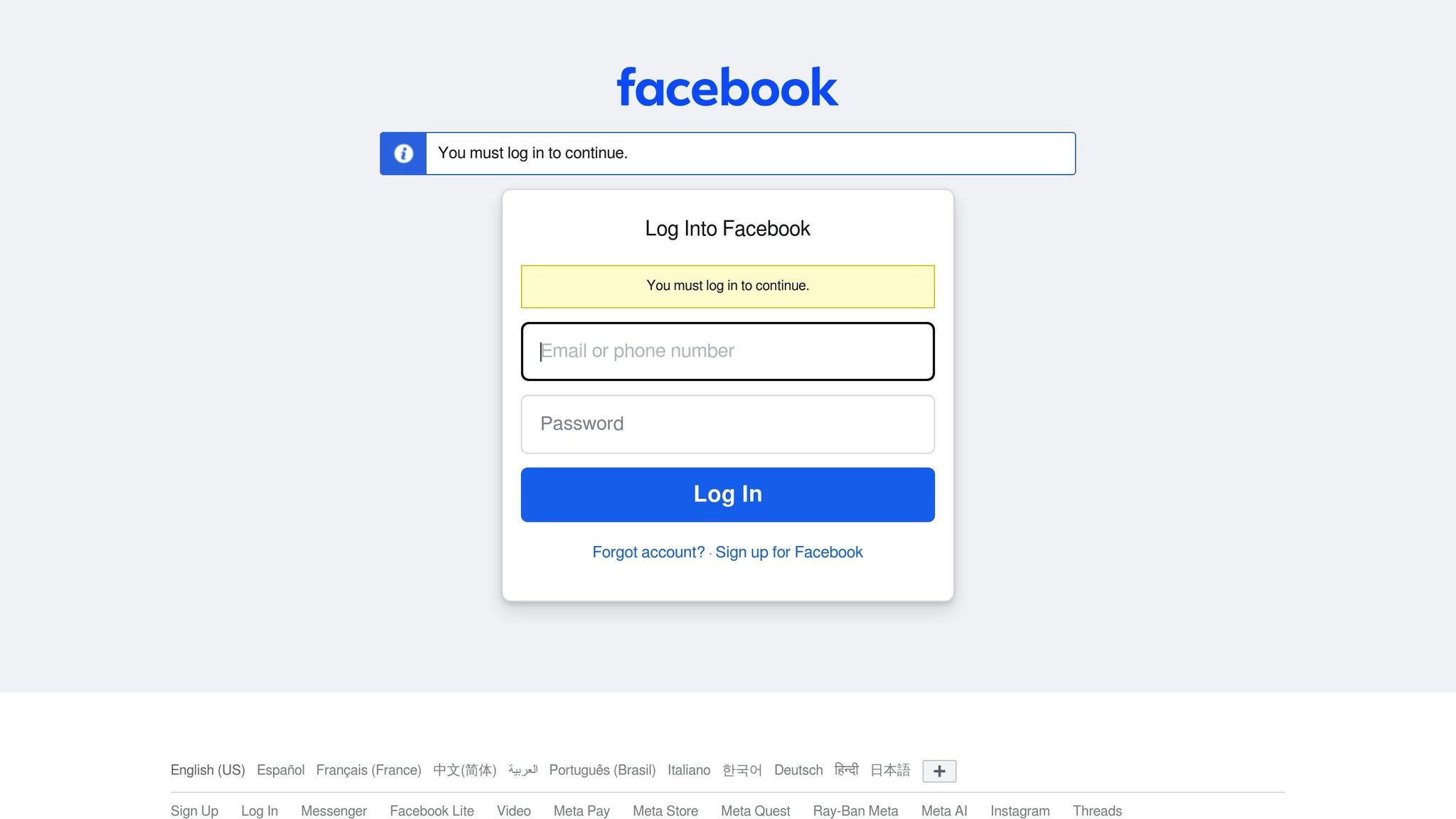
Step 1: Find and List All Current Social Media Accounts
Start by auditing all social media accounts from both companies. It’s not uncommon to uncover forgotten accounts during this process - some may have been created for specific campaigns, regional markets, or product launches and were never properly documented. Once identified, determine which platforms these accounts are associated with.
Find All Social Media Platforms
Take a close look at platforms like Facebook, Instagram, LinkedIn, YouTube, TikTok, and X. Depending on your industry, you may also find accounts on Pinterest, Snapchat, Reddit, or even niche platforms tailored to your sector.
Inactive accounts can hold surprising value, such as legacy followers, old but relevant content, or even brand equity. For instance, in 2024, a global company found several unused Latin American accounts during a consolidation project. Instead of discarding them, they built a single regional channel using the most active account as a base. This approach allowed them to consolidate their resources and grow a more engaged audience.
To uncover all accounts, use a variety of search methods. Look up your company name, brand name variations, and product names directly on each platform. Check old emails for account verification messages, and review any social media management tools or dashboards that may already track some accounts.
Record Important Account Information
For every account you identify, document key details such as the URL, platform, admin contacts, follower count, engagement metrics (likes, comments, shares), content themes, posting frequency, and the intended audience. This data will help you evaluate the strategic importance of each account and decide which ones should take priority during the merger.
Also, note the purpose and audience for each account. Was it created for a specific product, region, or campaign? Understanding its original goal can guide decisions on whether to merge it into a broader account or keep it as a niche channel.
Store this information in a centralized spreadsheet or digital asset management tool. Include columns for platform, handle, admin access, follower count, engagement rates, content focus, and the last active date. This record will not only streamline the merger process but also serve as a valuable reference for compliance and future audits. While compiling this inventory, confirm that each account’s administrative permissions are up to date.
Check Admin Access and Permissions
Ensure you have proper admin access and permissions for each account. Some accounts may still be managed by former employees, external agencies, or team members who’ve moved to different roles.
On platforms like Facebook, specific admin permissions are required to merge accounts. Other platforms may have different requirements, and some don’t even offer built-in tools for merging accounts, making admin access critical for manual consolidation.
Gather all credentials and verify admin rights. If you come across accounts where access has been lost, reach out to the platform’s support team immediately to regain control. Without proper admin access, the integration process could face unnecessary delays.
Finally, work with your legal and compliance teams to address any regulatory or ownership issues that might impact account consolidation.
A detailed inventory is the backbone of a successful social media merger. Overlooking accounts at this stage can lead to audience confusion, missed opportunities, and potential damage to your brand identity down the line.
Step 2: How to Merge Accounts on Different Platforms
Once you've listed all your accounts, the next step is to consolidate them. Each platform has its own rules and tools for merging accounts, so understanding these differences is key to creating a smooth transition for your newly acquired business.
Facebook: Use the Built-In Merge Tool
Facebook simplifies the process of merging business pages, but only if certain conditions are met. To merge two pages, you’ll need admin access to both, and the pages must have similar names. If they represent physical locations, they also need to share the same address. Keep in mind that while followers, check-ins, and group memberships transfer to the main page, posts, photos, reviews, ratings, and the username of the retired page will be permanently deleted.
Before starting, confirm that both pages have matching names and addresses. If needed, rename or back up the content from the page you plan to retire. To begin the merge, log into Facebook with the account for the page you want to keep. Navigate to Settings & Privacy > Settings, then select Page Setup from the left menu. Look for the Merge Pages option and follow the prompts to submit your request. Note that Facebook only allows merging two pages at a time, and some limitations apply: global pages cannot be merged, and verified pages cannot be merged into unverified ones.
If a platform doesn’t offer a direct merge tool, you’ll need to explore alternative strategies.
Instagram and Platforms Without Merge Options
Platforms like Instagram and TikTok don’t have a built-in merge feature, so you’ll need to redirect followers and adjust usernames instead. For Instagram, there are two main approaches:
- Content Redirection: Add a clear announcement in the bio of the retiring account, including a link to your new account. Use posts and stories to guide followers to the updated page.
- Username Redirection: Change the username of the old account, then update the new account with the original name to maintain brand recognition.
Keep the old account active for several months to give followers enough time to transition. As Paula Uccelli, Project Manager at VeraContent, advises:
"If a user hasn't reached out to your page in over six months, it's unlikely they'll be looking for your page in a year".
She also mentions:
"You can always just delete an old page and have your followers find the new page, but that can feel like social media ghosting".
LinkedIn, YouTube, TikTok, and X
For platforms that don’t offer merge tools, manual consolidation is the way to go:
- LinkedIn: Update the retiring account with a clear announcement directing followers to the new page.
- YouTube: Create a playlist of the best content from the retiring channel on your main channel. Use trailers and posts to guide subscribers.
- X (formerly Twitter): Add a link to your new account in the old account’s bio and pin a tweet with details about the transition.
- TikTok: Recreate popular content on your primary account and use captions or descriptions to inform viewers about the switch.
Keep both accounts active during the transition period. This allows you to monitor engagement and make adjustments as needed.
Step 3: Rebrand and Create One Unified Social Media Identity
Once you’ve merged your accounts, it’s time to focus on crafting a cohesive brand identity. This ensures your audience experiences consistent messaging, visuals, and strategy across all platforms.
Update Branding and Profile Details
After consolidating your accounts, take a close look at all profile elements to ensure they align with your new brand. This includes updating logos, banners, and bio text to reflect a unified identity. Start by auditing each account to identify what needs updating and prepare all materials in advance. Make sure your graphics meet the specific size and format requirements of each platform.
For visual consistency, update profile pictures, cover photos, and banners across all platforms. Develop a master bio that reflects your rebranded identity, then tailor it to fit the nuances of each platform. Don’t forget to double-check that contact information and website links are accurate and consistent everywhere.
Strategize your updates carefully. Instead of making changes haphazardly, plan out who will handle updates on each platform and decide when changes should go live. If time or resources are limited, prioritize the platforms where your audience is most active, then tackle the others systematically.
Tell Followers About the Changes
Rebranding can feel like a big shift for your audience, so clear communication is vital. Keep your followers informed before, during, and after the transition to maintain trust. Use pinned posts, stories, and regular updates to explain the changes and highlight the benefits for your audience.
Pinned posts are a great way to make sure your message reaches both new and returning visitors. Use these posts to explain the rebranding, its purpose, and how it will benefit your followers. Platforms like Instagram and Facebook also allow for story highlights, which can serve as a permanent reference for your audience. Create highlight reels that showcase your new brand identity and provide context about the changes.
Consistency across platforms is key. Take inspiration from brands like Denny’s, which successfully rebranded in 2013 by using a unified strategy that combined consistent messaging with creative content. This approach not only clarified their new direction but also boosted engagement.
Use Consistent Messaging to Build Trust
Maintaining consistent messaging is crucial to reassure your followers and highlight the value your updated brand offers. Be transparent about how the rebranding will enhance their experience and address potential concerns upfront to avoid confusion.
Aligning your brand personality across all platforms is just as important. As Luke Brassinga from Likeable Brands explains:
"True rebranding involves updating a company's goals, message and culture".
This means your social media voice should reflect the deeper changes happening within your brand, not just surface-level tweaks.
Pay attention to audience feedback and use it to fine-tune your messaging. Monitor engagement metrics to identify what resonates most with your followers. Consistency across platforms minimizes confusion and helps retain loyalty during the transition.
Lastly, remember that rebranding is an ongoing process. Continuously evaluate the impact of your updates and look for ways to improve based on audience feedback and performance data. Social media rebranding isn’t a one-time task - it’s a journey that evolves with your audience.
sbb-itb-a3ef7c1
Step 4: Keep Your Audience Engaged During the Change
Keeping your audience engaged during a social media merger is all about clear communication and staying responsive. You’ll need to guide followers to your new account while keeping an eye on how your strategy is performing.
Move Followers from Closed Accounts
Cross-promotion is your best friend here. Use your old account to regularly post updates and include a call-to-action in the bio, like: "We’ve moved! Follow us at @newaccount." This simple step ensures your followers know where to find you.
Plan a clear communication strategy that explains the changes in straightforward language. Highlight the benefits of the transition so your audience understands why it’s happening. Countdown posts, reminders, and consistent updates before deactivating the old account can help ensure no one gets left behind. As you guide followers to your new account, keep tabs on how they’re responding to your efforts.
Track Engagement and Feedback
During the transition, monitor key metrics to see how your audience is reacting. Keep an eye on things like engagement rate, audience growth, and click-throughs. Pay attention to likes, shares, and comments on your merger-related posts - these can tell you if your messaging is hitting the mark. If you’re using video content, watch metrics like video views and completion rates; a solid average completion rate is around 70%–80%. Don’t forget to read through comments and messages to gather qualitative feedback and gauge overall sentiment.
Use Analytics to Improve Retention
Analytics tools can reveal what’s working - and what’s not - so you can adjust your strategy on the fly. Tracking trends over time will help you spot patterns and tweak your content accordingly. Compare engagement across platforms to tailor your approach for each audience. For reference, a typical social media engagement rate ranges from 1% to 6%, but this can vary depending on the platform and industry. Metrics like engagement rate by reach provide a clearer view of how your content is connecting with followers.
Pay attention to the content that performs best during the transition. Use those insights to refine your strategy in real time instead of waiting until the merger is complete. By regularly reviewing your analytics, you can stay flexible and adapt to your audience’s changing preferences and concerns. These insights will help shape your ongoing engagement efforts.
Step 5: Set Up Management Rules and Long-Term Account Care
With your accounts merged and your audience engaged, it’s time to focus on maintaining your unified presence for the long haul. This step is all about creating clear structures, staying compliant, and ensuring your social media presence remains secure and effective well beyond the merger.
Establish Clear Management Rules
To keep things running smoothly, set up clear management rules. Define who has access to your accounts and at what level - whether they’re content creators, managers, or approvers. Implement an approval workflow that aligns with industry standards to maintain professionalism and consistency.
It’s also smart to have crisis communication protocols in place. Your team should know exactly who to contact, how quickly to respond, and what decisions they’re authorized to make during emergencies. Additionally, make sure everyone understands the boundaries between personal and business use of social media. Retaining oversight of business-related posts is crucial for avoiding missteps.
Ensure Compliance with Platform Rules and Legal Standards
Compliance isn’t optional - it’s a responsibility that starts the moment the acquisition is finalized. From day one, your company is accountable for all content published on the acquired social media accounts.
If your business operates in a regulated industry, involve your compliance team early to ensure all posts meet federal regulations. Non-compliance can lead to hefty fines, so it’s critical to follow these rules closely. Additionally, make sure your content aligns with platform policies and avoids any false, misleading, or exaggerated claims.
For companies recommending products on social media, establish strict procedures. Product endorsements should only be shared if they’ve been pre-approved by a registered principal or follow a pre-approved template.
Conduct Regular Reviews of Your Accounts
Routine reviews are essential for keeping your social media presence secure and aligned with your goals. Schedule monthly security checks and quarterly evaluations to update access permissions, branding, and compliance measures.
Perform annual compliance audits to ensure your content adheres to the latest regulations and platform guidelines. Social media rules can change quickly, so documenting these audits and any updates is a good practice. This record can be invaluable if compliance issues arise later on.
Finally, keep an eye on your analytics. Tracking metrics like engagement rates and follower demographics can help you spot trends or problems early. If you notice a sudden drop in engagement or a shift in your audience, you can tweak your strategy to stay on track and maintain the unified presence you worked hard to build through the merger process.
Conclusion: Key Steps for a Successful Social Media Merger
Merging social media accounts after an acquisition is no small task - it demands careful planning, clear communication, and ongoing attention. To navigate this process effectively, focus on five essential steps: identifying and cataloging all existing accounts, merging platforms where feasible, rebranding to reflect a unified identity, keeping your audience engaged, and establishing strong management protocols for the future.
When done right, a well-executed social media merger can set the foundation for long-term digital success. These accounts become the public face of your merger, showcasing its success and ensuring continuity. Given the widespread use of social media in business today, getting this process right is critical for maintaining customer trust and meeting your business goals.
A unified branding strategy across all platforms is crucial for presenting a cohesive identity post-merger. Consistent messaging not only strengthens trust with your audience but also ensures a smooth transition that prioritizes customer experience.
Social media isn’t just a marketing tool - it’s a driver of growth and a reflection of your brand’s core values. In fact, more than half of corporate executives rely on social media for identifying target opportunities, highlighting the importance of maintaining a strong, unified online presence to support future business development.
For companies grappling with the complexities of post-acquisition social media integration, Clearly Acquired offers tailored advisory services and AI-driven tools to simplify the process. Their platform combines capital, verified deal flow, and proprietary tools, empowering entrepreneurs and investors to make confident decisions - whether during the acquisition itself or while addressing challenges like social media consolidation.
The secret to long-term success lies in ongoing effort. Regularly reviewing your unified accounts, ensuring compliance, and staying engaged with your audience will help secure the value of your merged brand. Remember, successful management isn’t a one-time event - it’s a continuous process that evolves alongside your business.
FAQs
What risks could arise if social media accounts aren’t merged correctly after a business acquisition?
Failing to merge social media accounts correctly after a business acquisition can lead to losing followers, lower engagement, and muddled brand identity. These missteps can erode customer trust and damage your brand's reputation.
On top of that, leaving duplicate or unmanaged accounts active could spark legal issues, like ownership disputes, while also confusing customers about where to find reliable updates. By handling the account merger strategically, you can ensure a seamless transition, safeguard your brand’s image, and keep your audience engaged.
How can a company communicate social media changes after an acquisition to keep its audience informed and engaged?
To navigate social media changes after an acquisition, prioritize clear and consistent communication. Make sure to explain the reasons for the updates and emphasize how these changes will benefit your audience. Regular updates are key to building trust, so share information frequently using a mix of formats like posts, videos, or interactive content to connect with different audience groups.
Stay engaged by addressing questions and feedback quickly. Adapt your communication style to match your audience, keeping the tone professional but friendly. Keeping your audience informed and involved helps reduce confusion, maintain trust, and encourage long-term engagement.
What should I do if I lose admin access to a social media account during a merger?
If you lose admin access to a social media account during a merger, your first step should be reaching out to the platform’s support team to report the problem. Be prepared to provide proof of ownership - this could include business registration documents, evidence of prior admin activity, or identity verification. These details can help you regain control of the account.
To prevent similar issues down the line, make sure multiple trusted team members have admin access. Use strong, unique passwords for all accounts, and enable two-factor authentication to boost security. These steps can help safeguard your accounts against unauthorized access.






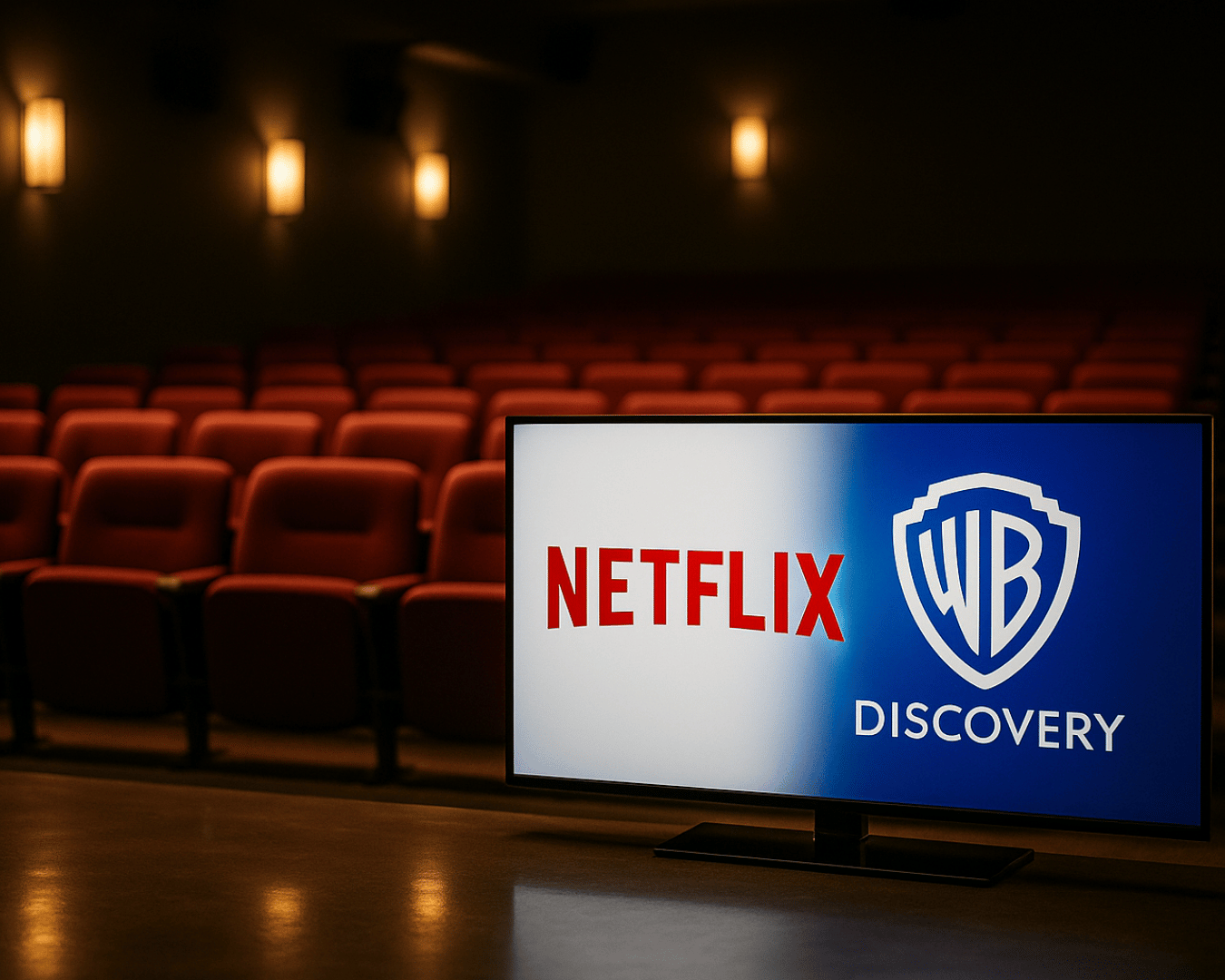























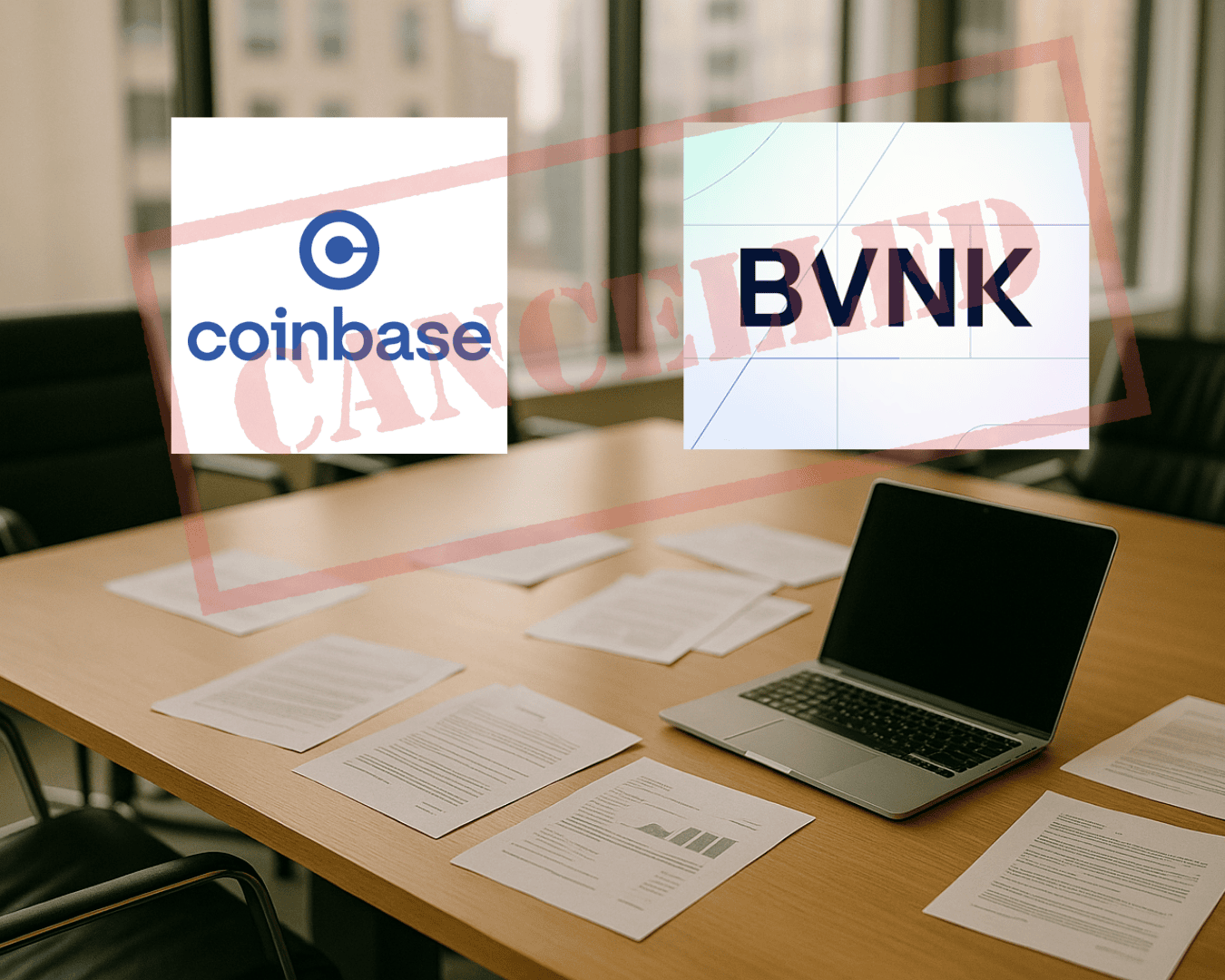









.png)




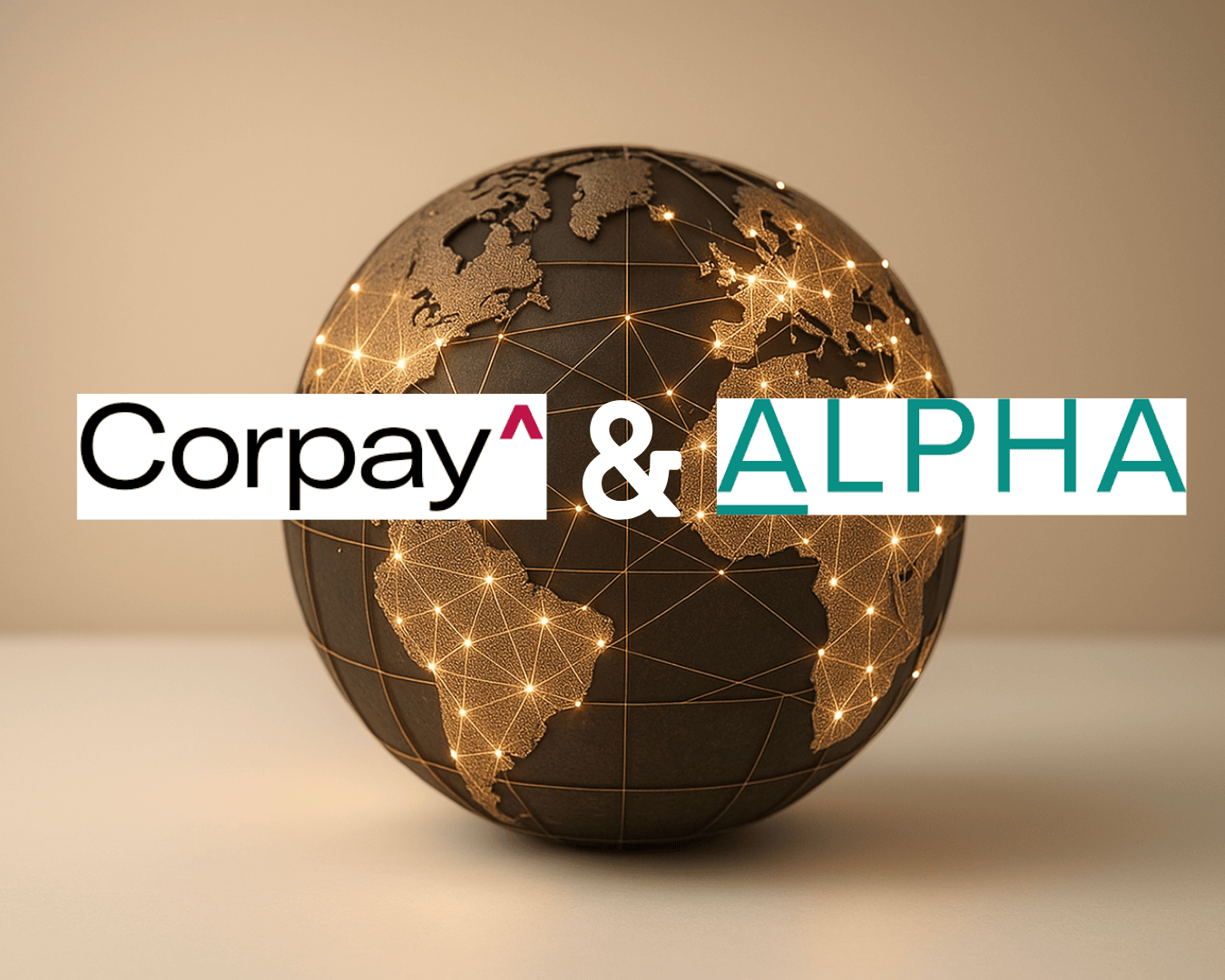

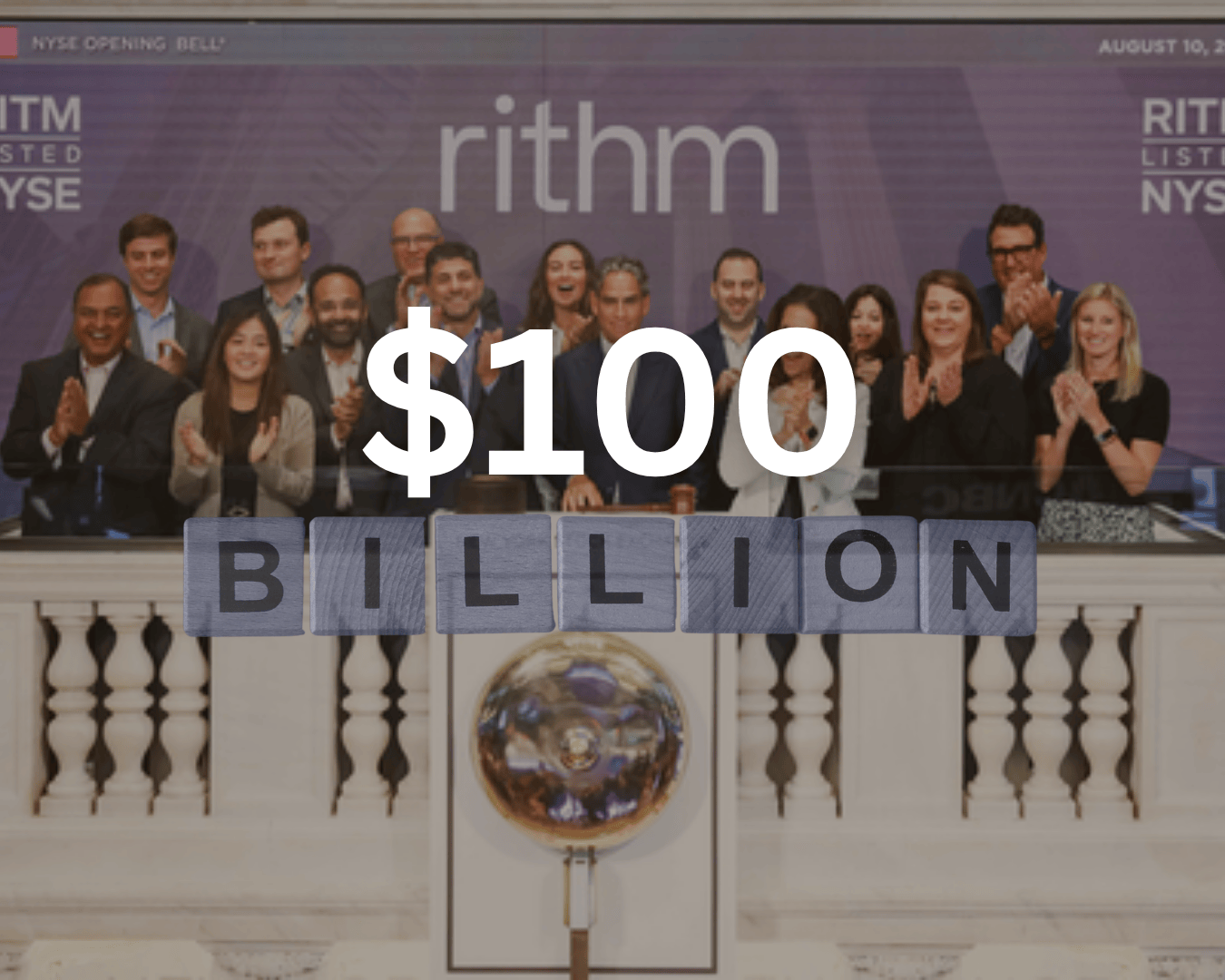





















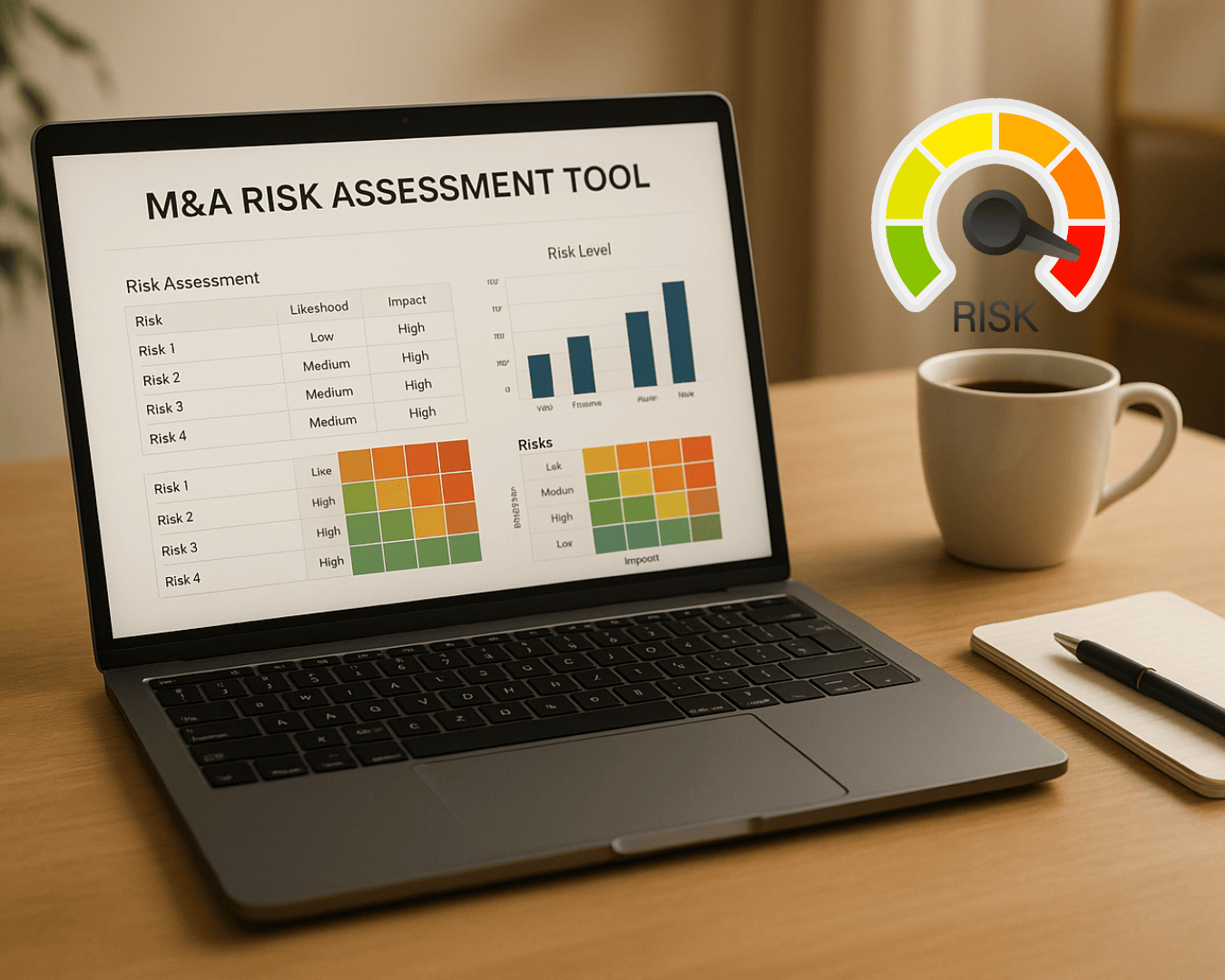











%20Loan%20Application%20Checklist.png)
